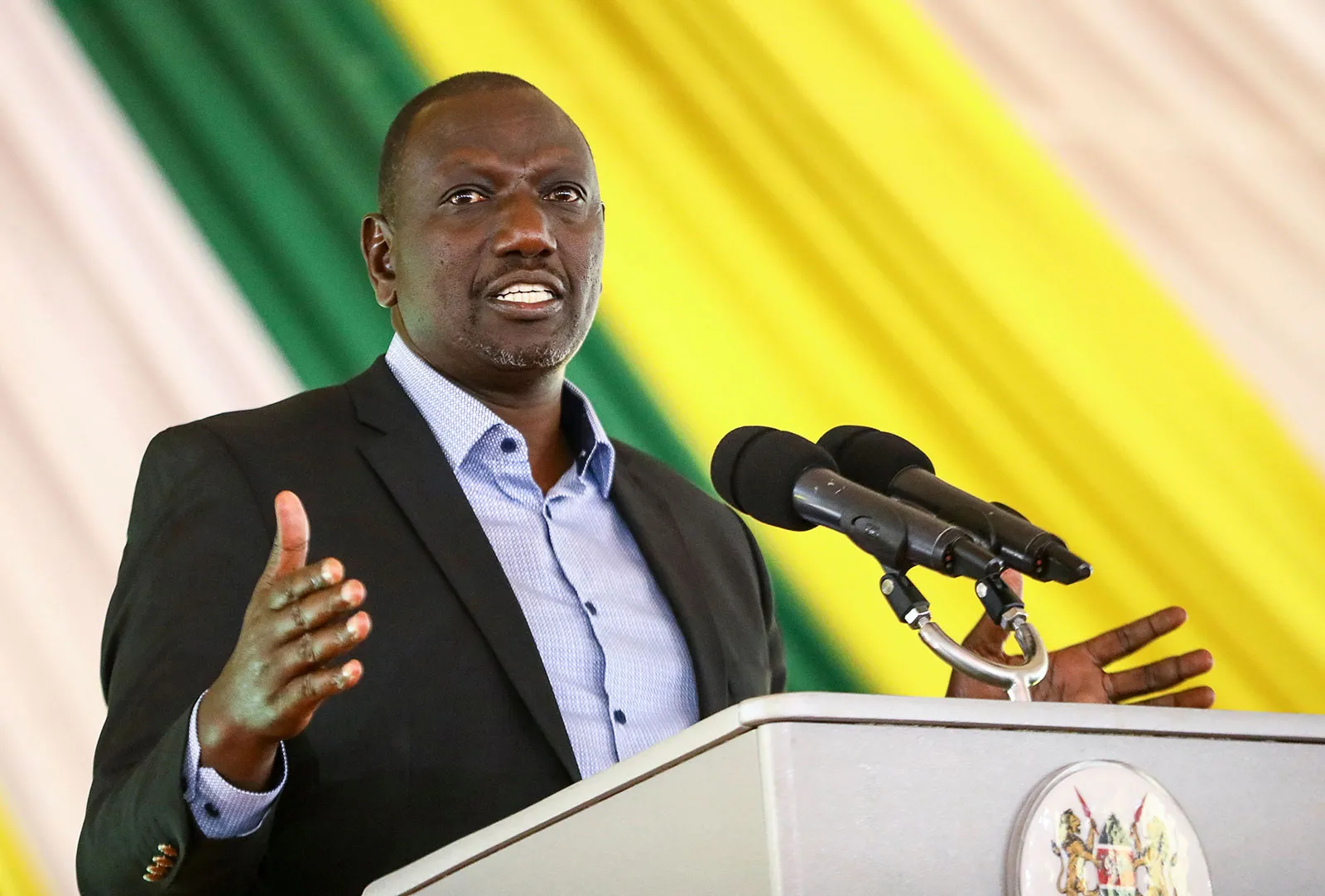President Ruto Fires Most of His Cabinet Following Deadly Protests Against Tax Bill

By Hanna Claire Natukunda
In a dramatic turn of events, President William Ruto has dismissed nearly all of his cabinet secretaries in the wake of widespread protests against a contentious finance bill that sought to increase taxes on essential goods and services.
The demonstrations, which have intensified over recent days, have led to violent clashes resulting in the deaths of at least 41 people.
The squashed finance bill, introduced by Ruto’s administration had proposed significant tax hikes on items including fuel, tobacco, and alcohol. The proposed increases sparked a wave of public outcry as Kenyans voiced concerns that the tax burden would exacerbate the already high cost of living in the country.
Protests erupted across the nation, and the situation escalated as police responded with force. The resulting confrontations between protesters and law enforcement have been widely criticized by human rights organizations and opposition leaders, who have accused the government of employing excessive measures to suppress dissent.
In an effort to quell the unrest and address the public’s grievances, President Ruto announced the dismissal of all but one cabinet secretary. The only remaining member of the cabinet is Secretary for Defense Monica Juma.
This dramatic shake-up is perceived as a strategic move by Ruto to restore calm and demonstrate a willingness to address the concerns of both the public and political opposition.
The President has vowed to engage in dialogue with opposition leaders and civil society organizations to seek a resolution to the controversy surrounding the finance bill.
Ruto’s administration faces the challenge of navigating the country’s economic difficulties while avoiding policies that disproportionately impact Kenya’s most vulnerable populations.
As Kenya begins to recover from this turbulent period, the focus now shifts to how President Ruto and his newly restructured cabinet will approach the nation’s economic issues and address the demands for a more equitable fiscal policy.


Comments are closed.